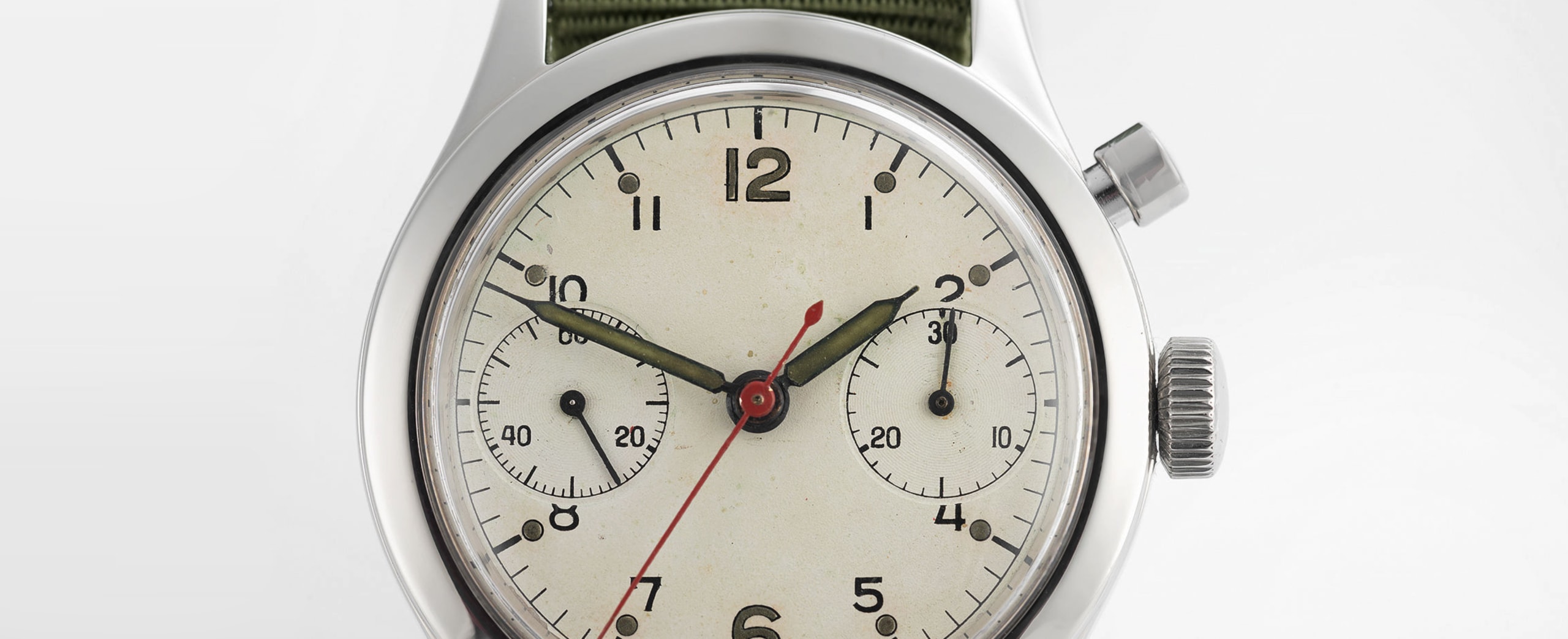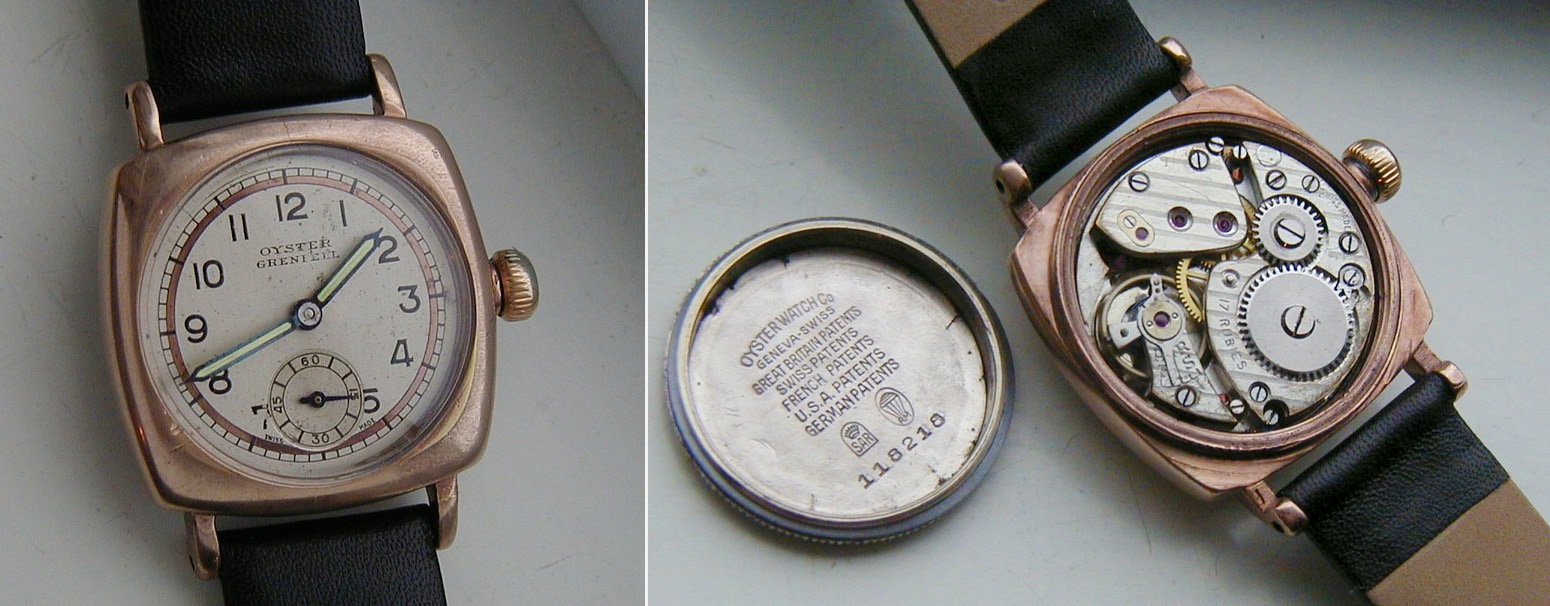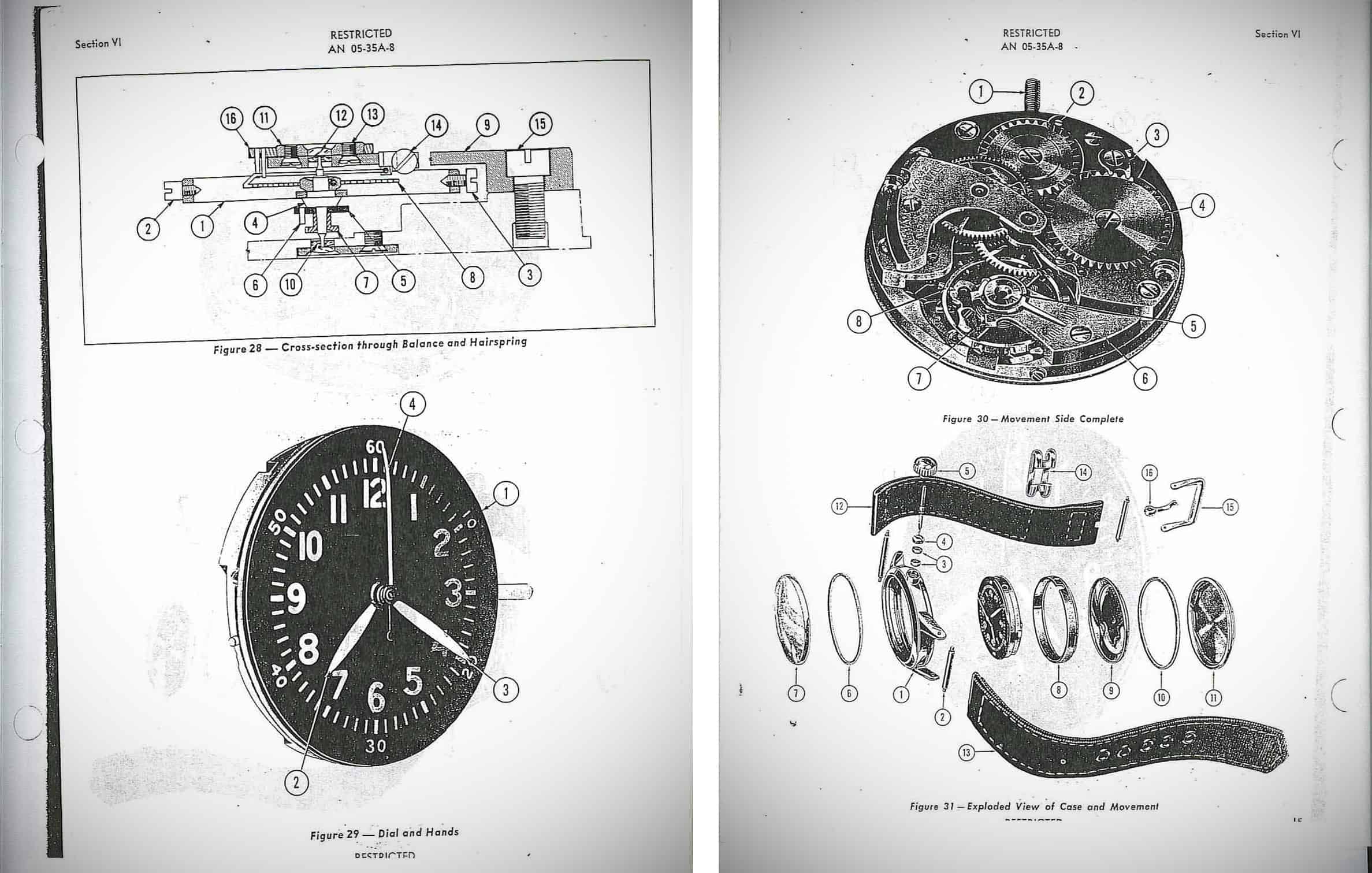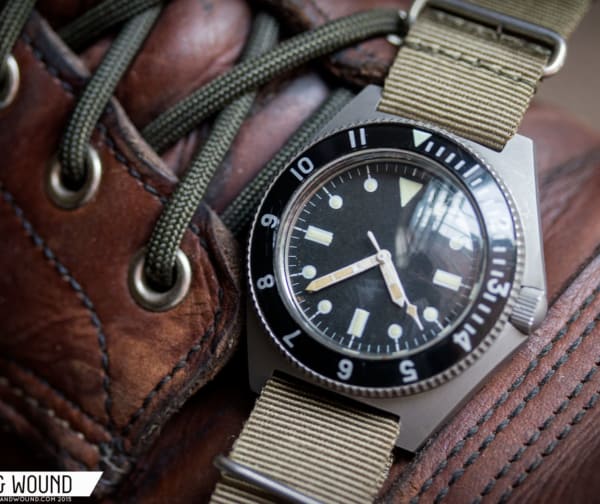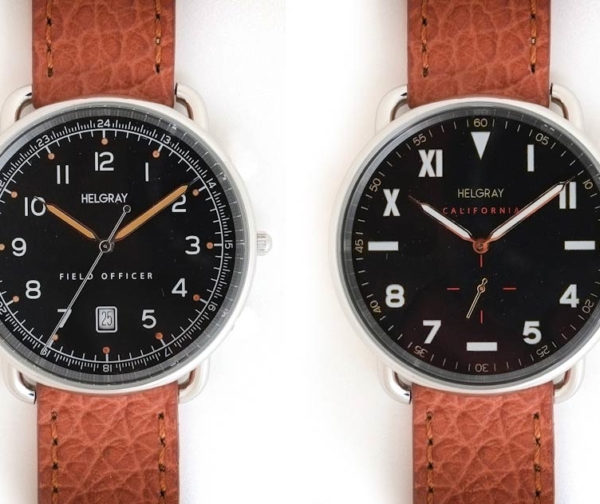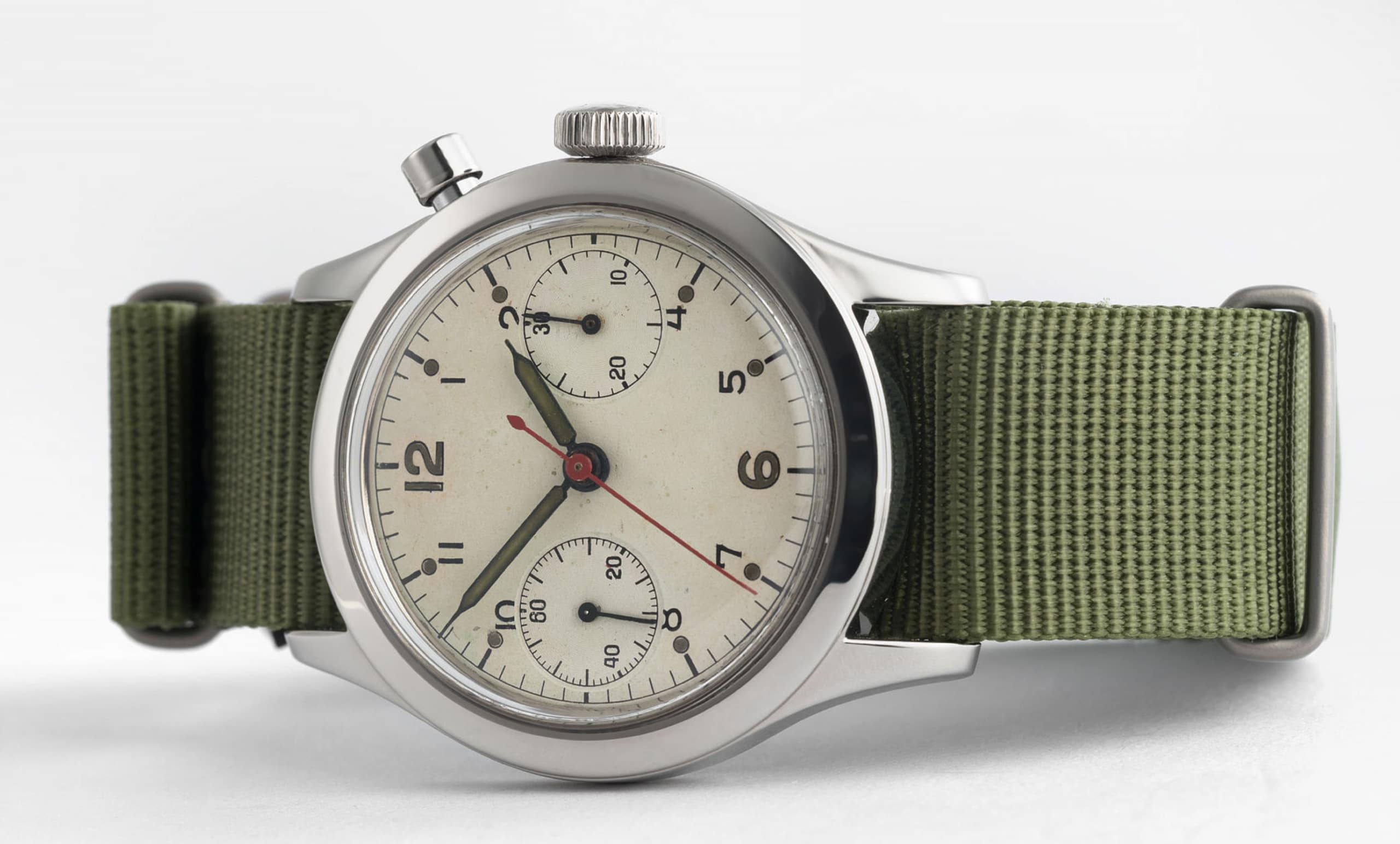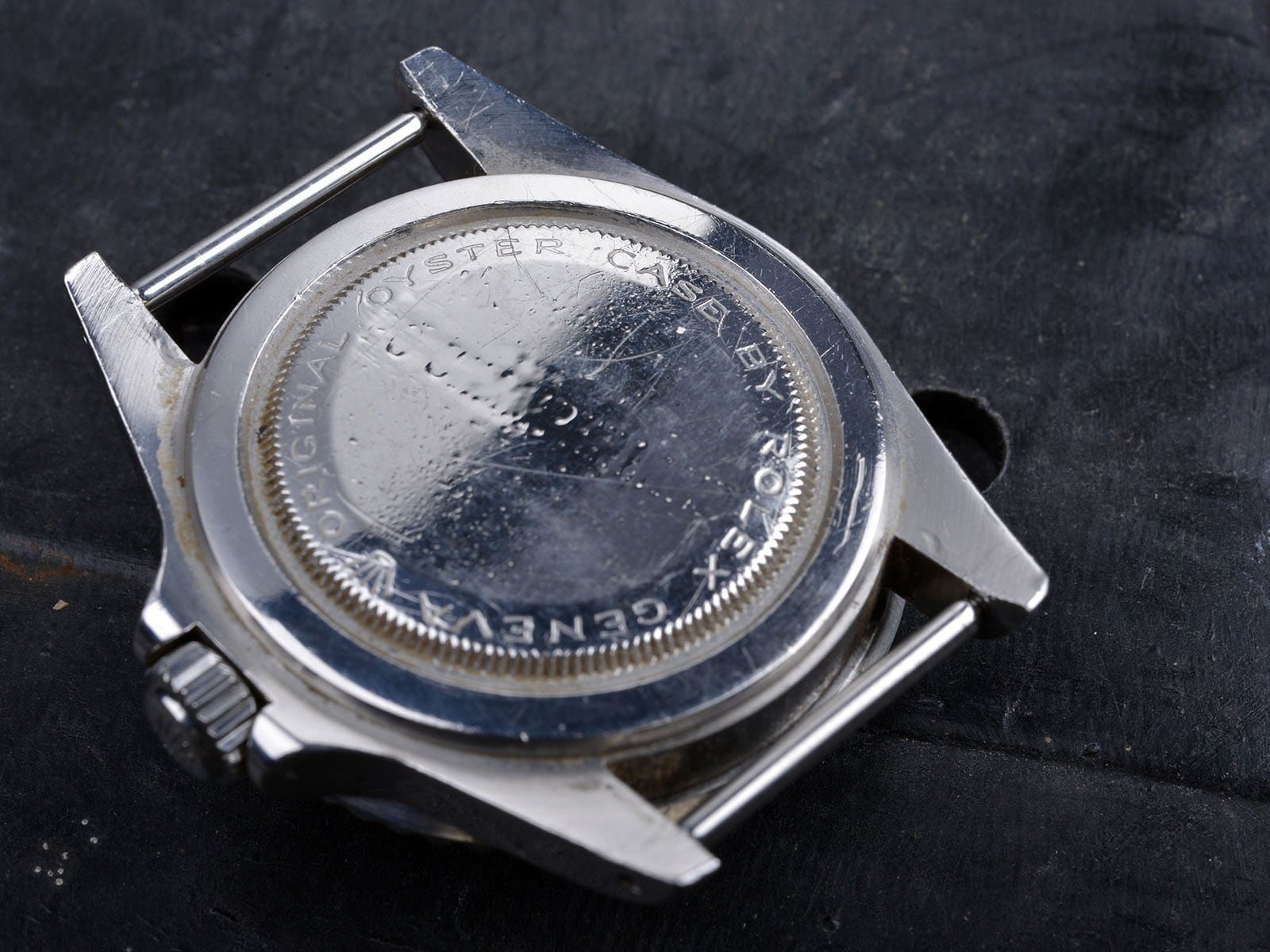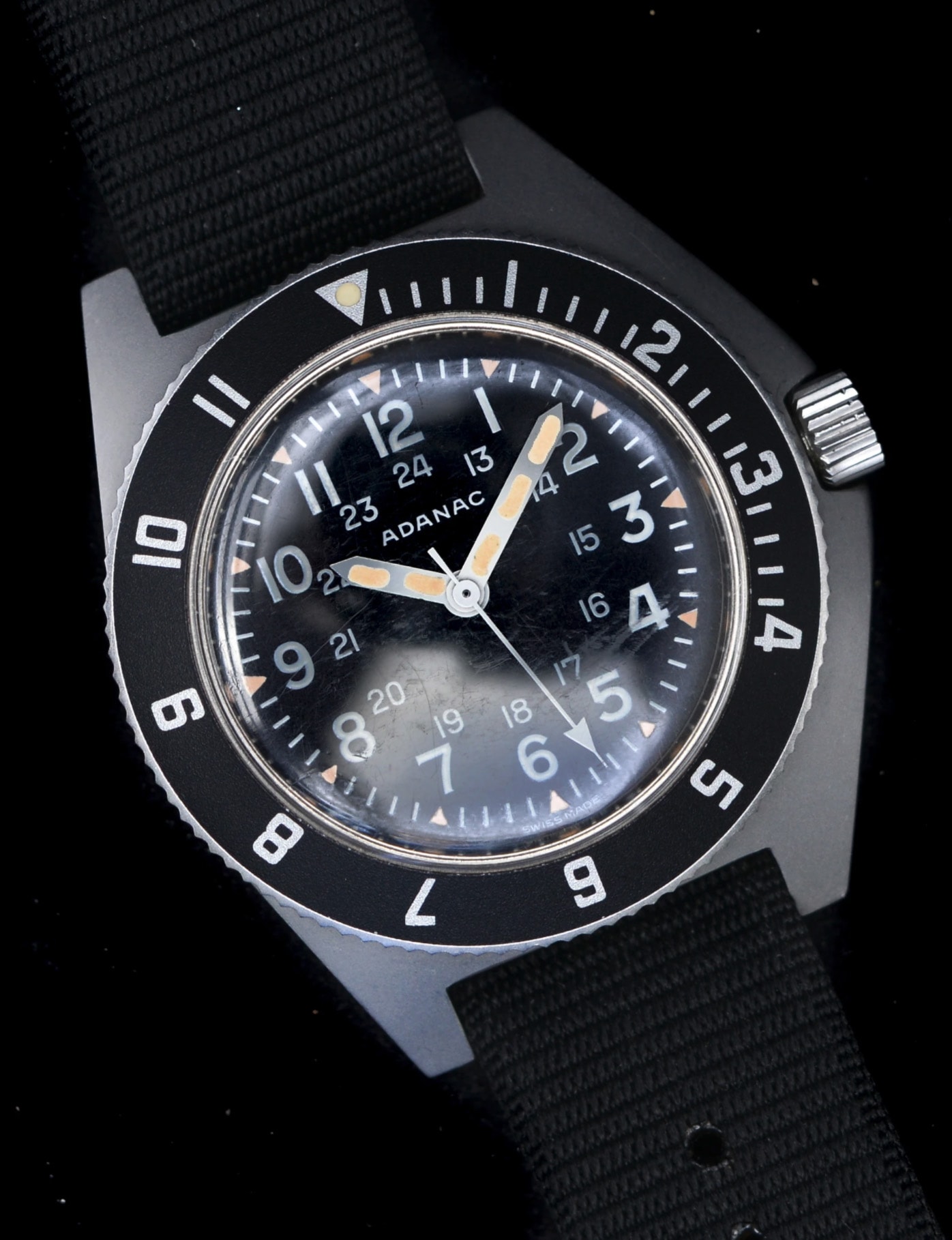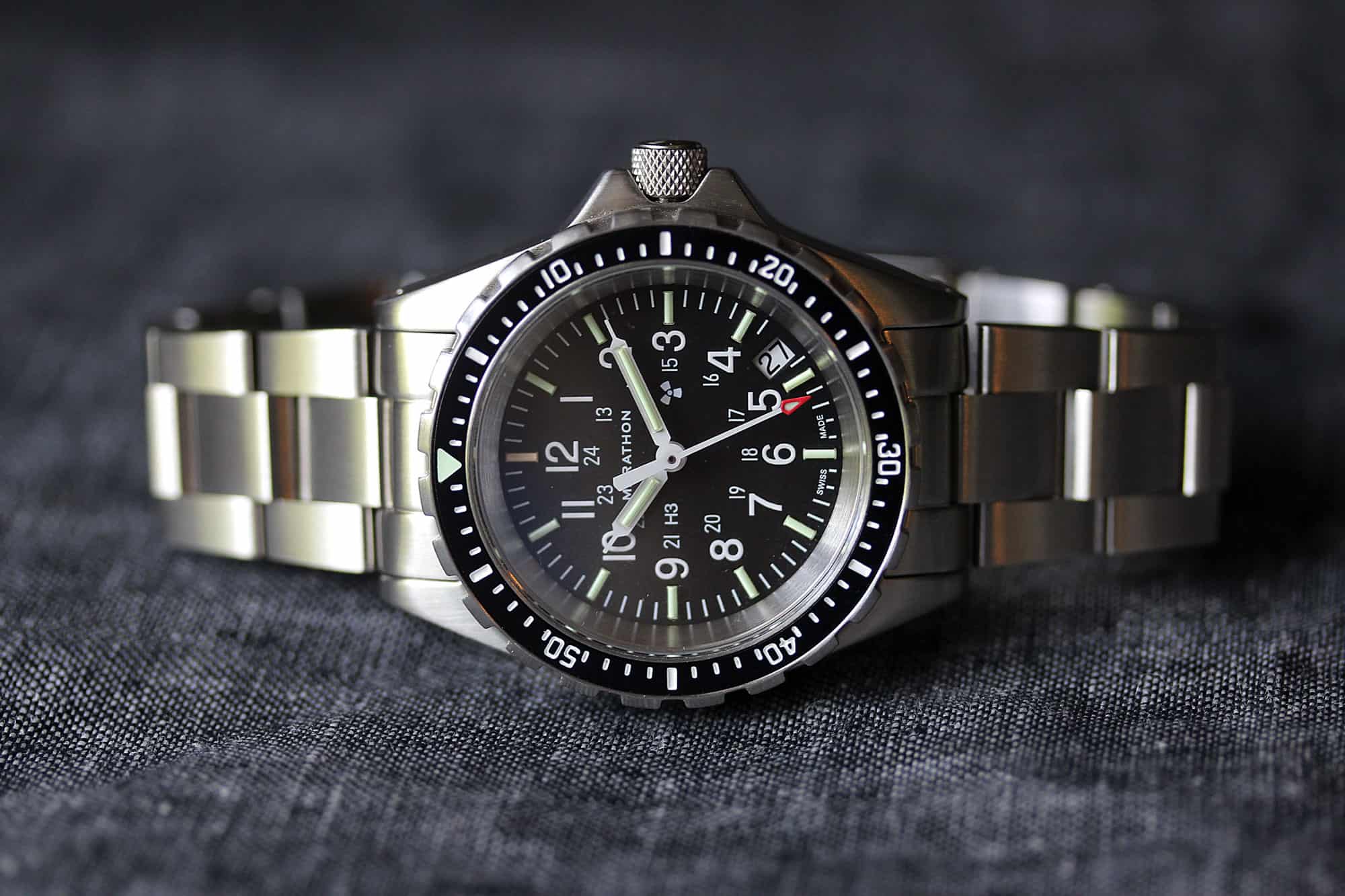In this installment of Military Watches of the World, we visit America’s northerly neighbor and examine its history of significant timepieces, from World War I through the present.
Beginnings
When the United Kingdom declared war on Germany on August 4th, 1914, it dragged the Commonwealth nations with it, among which was Canada. Canada fought valiantly during the global conflagration and suffered roughly 61,000 dead and 173,000 wounded from an expeditionary force that numbered some 620,000 — a casualty rate of 38%.
In examining Canada’s history of military watches, it is appropriate to begin with the Great War, though records of issued timepieces this early in the 20th century are rarer than those for other major combatants such as the British, Americans or Germans. As Canada was without a powerful native wristwatch industry such as that of the Americans or the Swiss, Canadian servicemen who were issued watches were given timepieces produced by international firms. Further, issued watches, it would seem, were few and far between, and were likely only given to officers and NCOs whose duties necessitated precision timekeeping, such as those in command of artillery batteries or those coordinating attacks. (The same was also true of the British, Americans, etc.) Luminous watches were, however, increasingly essential kit, to the degree that many soldiers likely purchased their own timepieces from Canadian retailers such as Birks or Eaton’s.









 Featured Videos
Featured Videos




